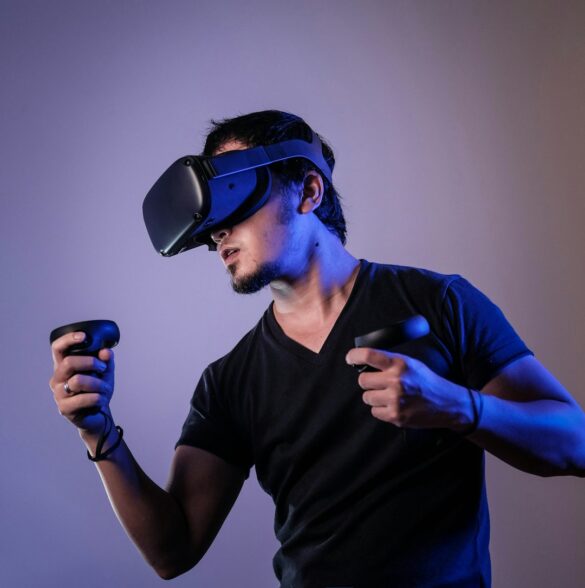The Evolution of Smart Home Devices
The concept of a smart home has been around for decades, but it was only in the past few years that these devices started to gain mainstream popularity. Today, smart home devices are not just considered luxurious gadgets, but essential tools that can make our lives more convenient, efficient, and secure.
The evolution of smart home devices can be traced back to the early 2000s when companies like Nest and Philips introduced the first smart thermostats and light bulbs. These devices allowed homeowners to control their home’s temperature and lighting remotely through their smartphones, making it easier to save energy and create a more comfortable living environment.
As technology continued to advance, more and more smart home devices hit the market. Smart locks, doorbells, security cameras, and smoke detectors became commonplace in many households, providing homeowners with increased security and peace of mind. These devices could be controlled through dedicated apps or voice assistants like Amazon’s Alexa and Google Assistant, making it easier than ever to monitor and manage one’s home environment.
In recent years, smart home technology has taken a significant leap forward with the introduction of artificial intelligence (AI) and machine learning. Devices like smart speakers and hubs are now equipped with advanced AI algorithms that allow them to learn and adapt to the user’s habits and preferences. For example, a smart thermostat can now automatically adjust the temperature based on the homeowner’s schedule and preferences, making it easier to save energy without sacrificing comfort.
One of the most significant trends in smart home devices is the integration of voice control. With the rise of virtual assistants like Alexa, Siri, and Google Assistant, homeowners can now control their smart devices simply by speaking commands. This hands-free operation has made smart home devices even more accessible and user-friendly, attracting a wider audience of consumers who may not be tech-savvy.
Another significant development in smart home technology is the rise of smart home ecosystems. Companies like Amazon, Google, and Apple have created integrated platforms that allow users to control multiple smart devices from different manufacturers through a single interface. This interoperability has made it easier for consumers to create a seamless smart home experience, where all devices work together harmoniously to create a more efficient and connected living environment.
The future of smart home devices looks promising, with new innovations on the horizon that could revolutionize the way we interact with our homes. One exciting development is the adoption of sensor technology, which can detect changes in the environment and automatically adjust settings accordingly. For example, smart curtains could automatically close when the sun is shining too brightly, or smart lights could dim when the room is not in use, saving energy and enhancing comfort.
Another trend to watch out for is the integration of augmented reality (AR) and virtual reality (VR) technology in smart home devices. Companies like IKEA have already introduced AR apps that allow users to visualize how furniture will look in their homes before making a purchase. In the future, we could see AR and VR technology being integrated into smart home devices to provide immersive experiences and enhance the way we interact with our living spaces.
Security and privacy concerns are also at the forefront of the smart home industry, with many consumers hesitant to adopt these devices due to fears of data breaches and hacking. Manufacturers are working hard to address these concerns by implementing robust security measures, such as encryption and authentication protocols, to protect user data and privacy. It is essential for consumers to do their due diligence and research before investing in smart home devices to ensure that their data is secure and protected.
In conclusion, the evolution of smart home devices has transformed the way we interact with our living spaces, making our homes more convenient, efficient, and secure. From smart thermostats and light bulbs to AI-powered speakers and hubs, smart home technology has come a long way in a short period, with new innovations on the horizon that promise to revolutionize the way we live. As the adoption of smart home devices continues to grow, it is essential for consumers to stay informed and educated about the latest trends and developments in the industry to make informed decisions about how to optimize their living spaces for the future.
